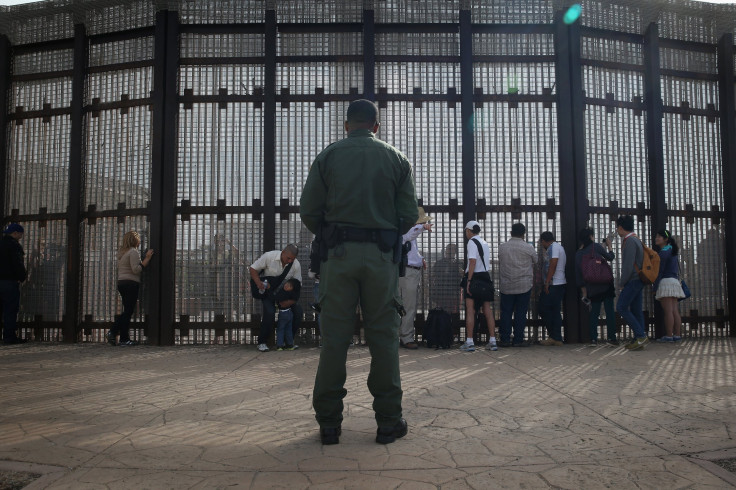Immigration Reform 2015: Tijuana, Mexico Border Security To Be Tightened Over Pedestrian Foot Traffic

Mexican immigration officials will be stepping up their inspections of foreigners entering the country on foot, the San Diego Union-Tribune reported. A new building for Mexican immigration and customs inspection stations is scheduled to open at the Tijuana pedestrian entry in September.
Officials are expected to require foreigners entering Tijuana from San Ysidro, California, to show travel documentation if entering Mexico by foot. Authorities plan to create two pedestrian lanes for those entering Mexico: one for foreigners and one for Mexican citizens.
“Our intention is not to create congestion at the border,” said Rodulfo Figueroa, head of Mexico’s National Migrant Institute in the Mexican state of Baja California, the Union-Tribune reported. “Our intention is to try different strategies to process as many people as we can within a reasonable time frame."
The efforts will be introduced gradually, Figueroa said. Currently, all bus riders entering Tijuana from San Ysidora through El Chaparral port have their documents inspected, and immigration inspectors sometimes inspect the documents of pedestrian crossers.
San Diego, #Tijuana border crossing is the world's busiest land border crossing. pic.twitter.com/06ZCsL4pT0
— TJ 2 Cabo (@tj2cabo) July 20, 2015“We will do everything we can to make the transition as seamless as possible,” Figueroa said, as the Union-Tribute reported. “People should not be panicking about this. We’re not going to create a four-hour southbound wait.”
In the past, efforts to tighten immigration inspections in Baja California were criticized by business leaders and tourism authorities because they were afraid it would discourage tourists from visiting. Particularly, people were upset about a rule that required visitors who planned to stay in Mexico for more than seven days to pay a $21 fee. Previous attempts to tighten security, including the $21 fee, have failed.
In November, a pilot inspection program that required pedestrians entering Mexico through Otay Mesa to show documentation was canceled when Baja California Gov. Francisco Vega de Lama expressed his concerns to Mexico’s immigration commissioner. Figueroa said that obtaining a tourist card would help visitors if they encountered trouble when visiting the country. He also said that Mexico needed to manage who was entering the country, and wanted to keep out sex offenders and criminals who were seeking refuge.
© Copyright IBTimes 2024. All rights reserved.












